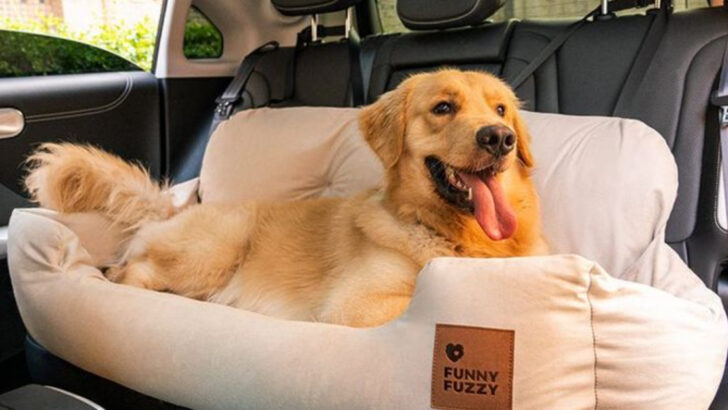Long drives with pets can be a joyous experience or a challenging endeavor, depending on your pet’s readiness and comfort with travel. Recognizing the signs that your pet might not be ready for extended car journeys is crucial for their well-being. Additionally, preparing them properly can transform the travel experience into a positive one. In this article, we explore five clear signs that indicate your pet may not be prepared for long drives and provide seven expert tips to help you get them travel-ready.
Panting, Drooling, or Vomiting in the Car
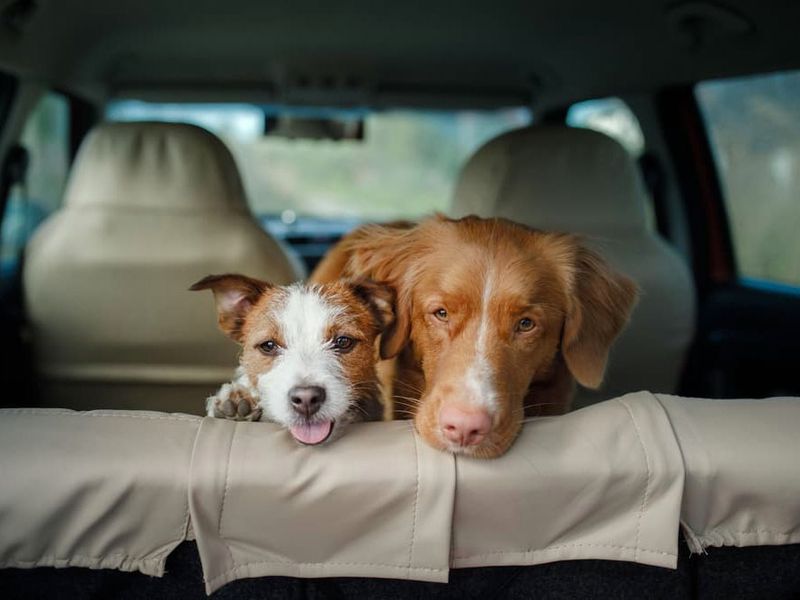
Imagine the backseat of your car becoming an unexpected battleground of discomfort for your pet. Panting, drooling, or even vomiting are clear signals that your pet may experience motion sickness or anxiety during car rides. Even short trips can trigger these reactions, turning a simple errand into a stressful event for both you and your pet. Seeing these signs should prompt a closer examination of your travel plans with your furry friend.
Refusing to Get Into the Car
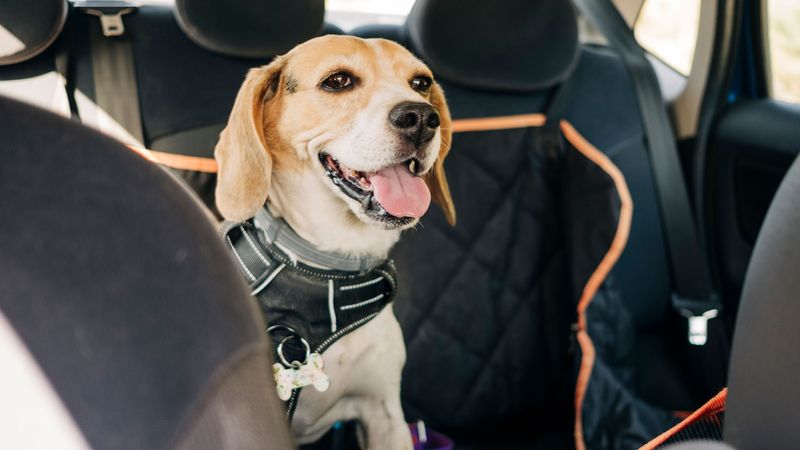
A pet that scatters at the mere jingle of car keys is sending a loud message. If your pet refuses to get into the car, hides, or shows significant resistance, it might recall negative travel experiences. This behavior indicates fear, which could be rooted in past uncomfortable journeys. Addressing this fear is fundamental to ensure smooth travels.
Excessive Whining, Barking, or Meowing
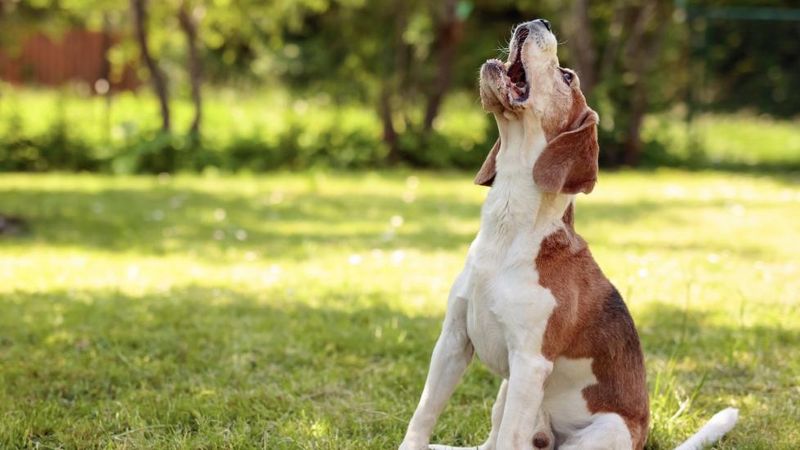
For some pets, long car rides are synonymous with a symphony of stress-induced sounds. Excessive whining, barking, or meowing during travel often points to underlying distress or panic. This vocalization can make the journey unpleasant for everyone involved. Addressing these signs early can lead to a more peaceful trip for both you and your furry passenger.
Restlessness or Trying to Escape

Pacing back and forth, pawing at the doors, or attempting to climb into the front seat are unmistakable red flags. A restless pet is not just uncomfortable; it can also be a safety hazard on the road. Recognizing these behaviors is crucial for anticipating potential escape attempts or accidents during transit.
Bathroom Accidents
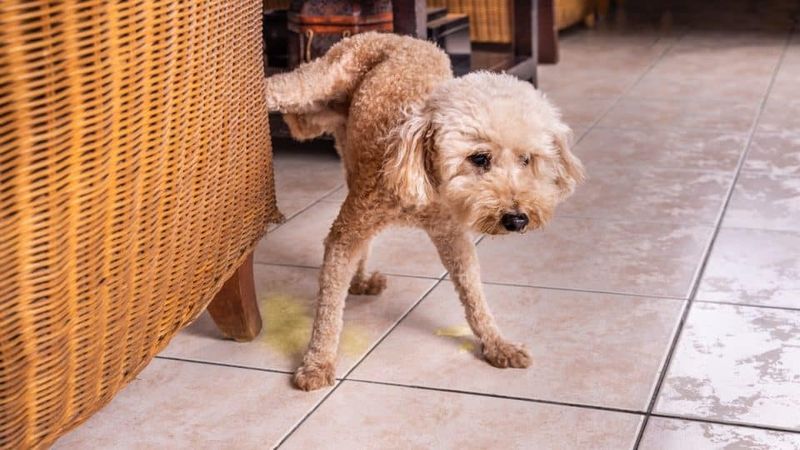
Even the most house-trained pets might have accidents in the car due to stress or poor travel conditioning. Such incidents can be a clear sign of anxiety or fear related to car rides. Understanding this behavior helps in planning better travel experiences and ensuring comfort for your pet.
Take Short Practice Rides
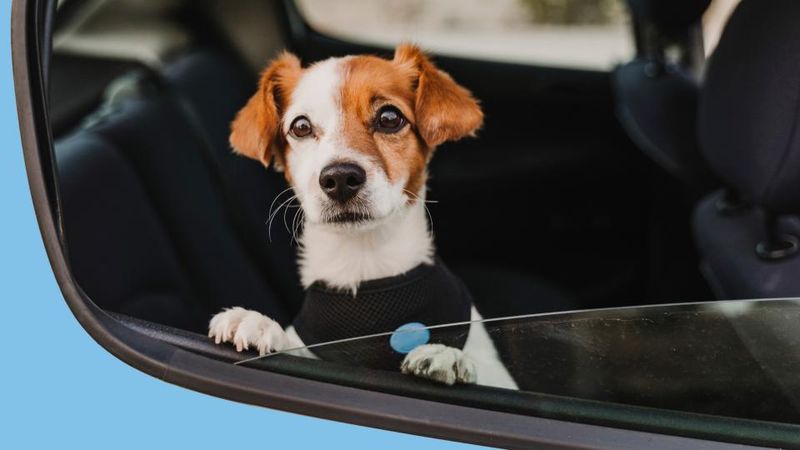
Start with brief, five to ten-minute car rides to gradually build your pet’s tolerance. Practice outings with plenty of praise and rewards can transform the car into a positive space. A few short drives before tackling longer journeys helps accustom your pet to the car environment, reducing anxiety and potential motion sickness over time.
Make the Car a Comfortable Space
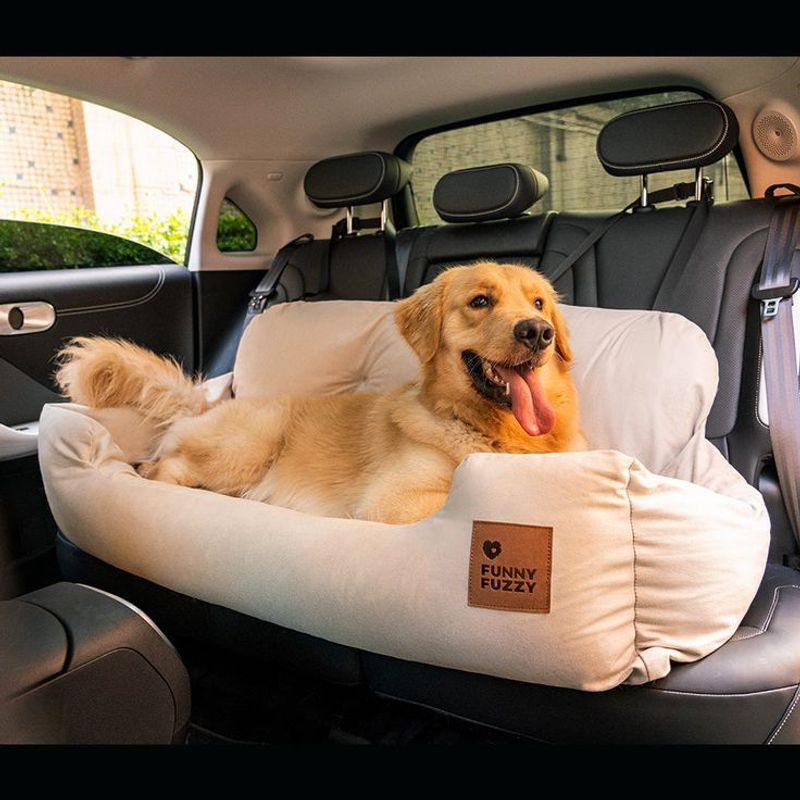
Create a welcoming environment in the car by adding familiar comforts like your pet’s favorite blanket or toy. Ensuring a stable temperature and eliminating loud noises can also contribute to a more pleasant trip. A comfortable space can alleviate travel anxiety and make long drives more enjoyable for both you and your pet.
Use a Travel Crate or Harness
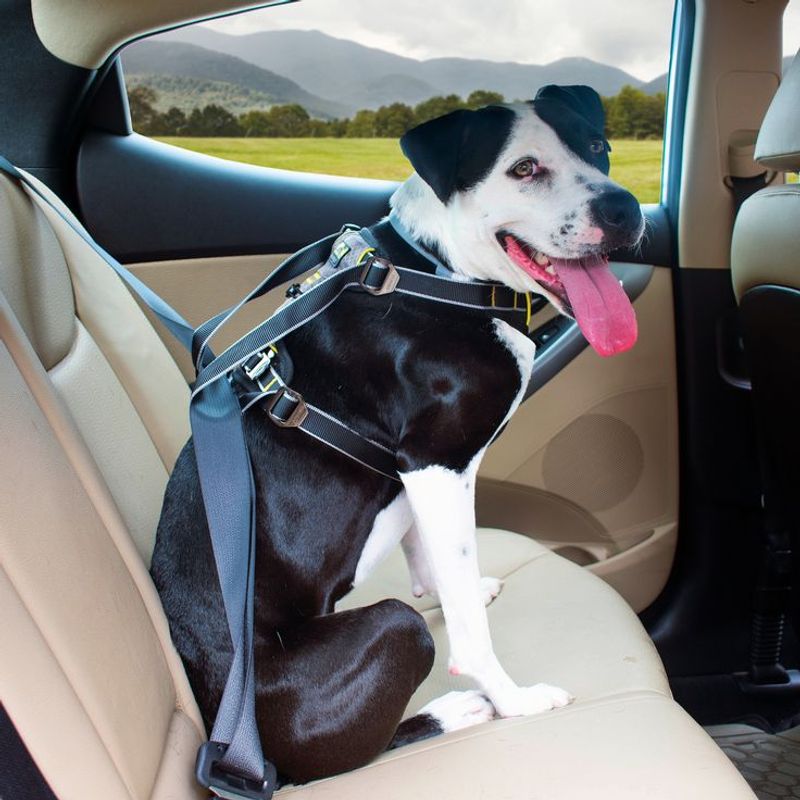
Safety is paramount during travel, and using a travel crate or harness can provide that secure feeling for your pet. Restricting movement not only reduces the risk of distractions but also helps prevent motion sickness. A secure space gives pets a sense of security, turning the journey into a calmer experience.
Train With Positive Reinforcement
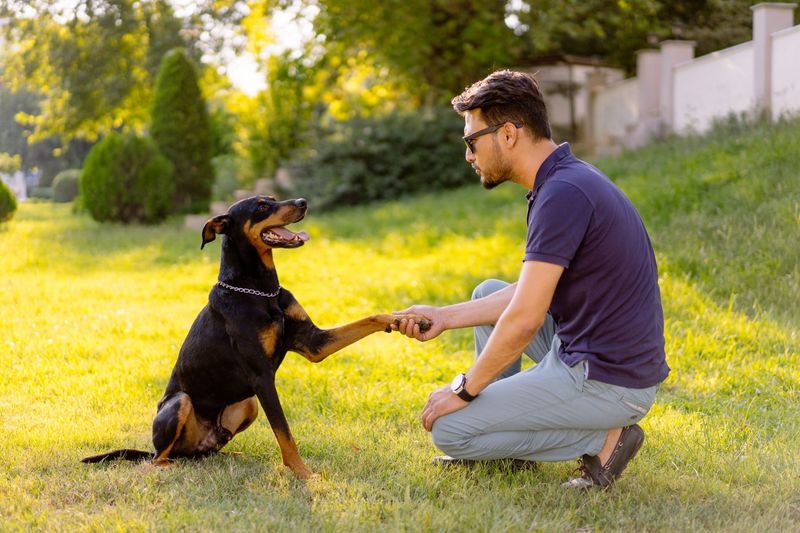
Positive reinforcement can change your pet’s perception of car rides from fearful to enjoyable. Treats, praise, and calm behavior cues help associate the car with positive experiences. This training approach encourages good behavior and can significantly reduce anxiety, making the journey more pleasant for everyone involved.
Avoid Feeding Right Before the Trip
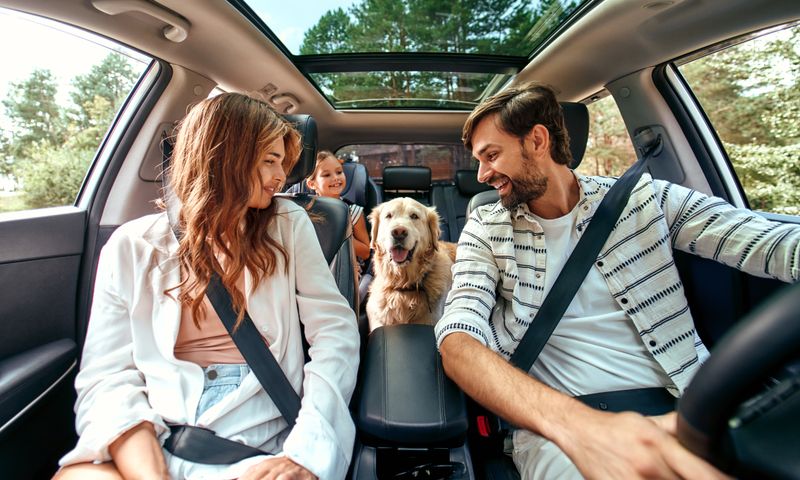
Feeding your pet right before a trip can lead to motion sickness. Instead, plan meals at least two hours prior to departure. This simple adjustment can prevent discomfort and ensure your pet’s stomach is settled during the drive. Such preparation minimizes the risk of nausea and contributes to a smoother ride.
Plan for Regular Breaks
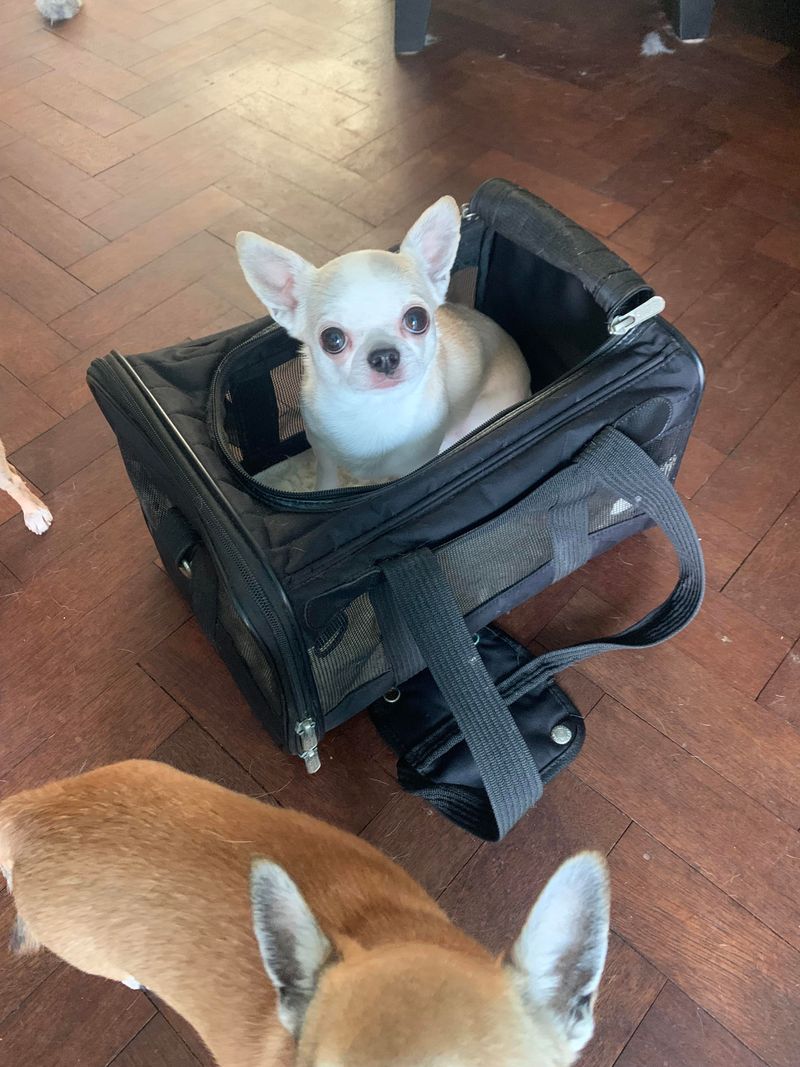
Regular breaks are essential for long journeys. Allowing your pet to stretch, hydrate, and relieve themselves every two to three hours can dramatically improve their travel experience. Scheduled stops help maintain your pet’s comfort and well-being, making the entire trip more enjoyable and less stressful for all.
Talk to Your Vet
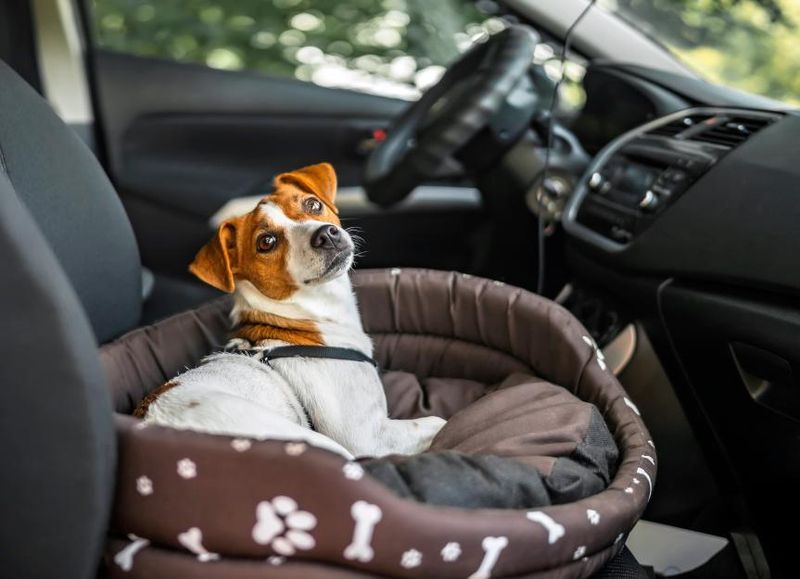
Consulting with your vet can uncover solutions for travel anxiety. They may suggest calming aids, anxiety medications, or travel supplements tailored to your pet’s needs. Professional advice ensures that you have the right tools to address any travel-related issues, ensuring a safer and more comfortable journey for your pet.

